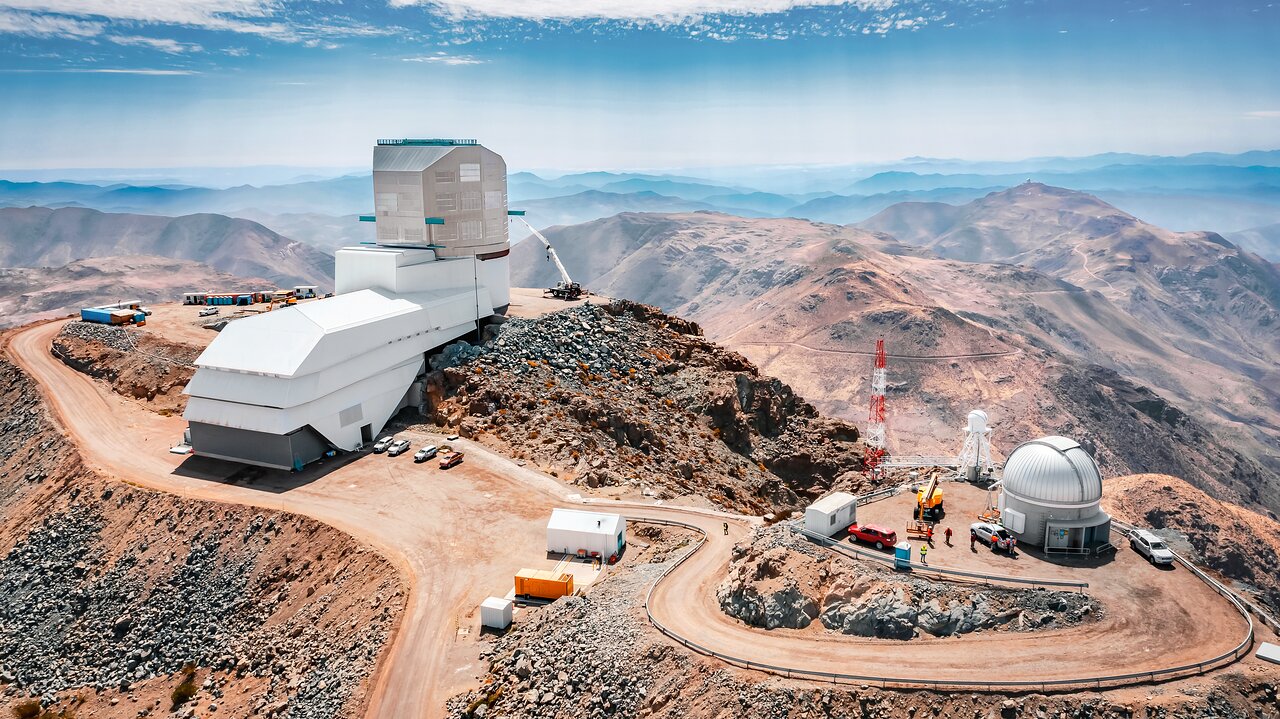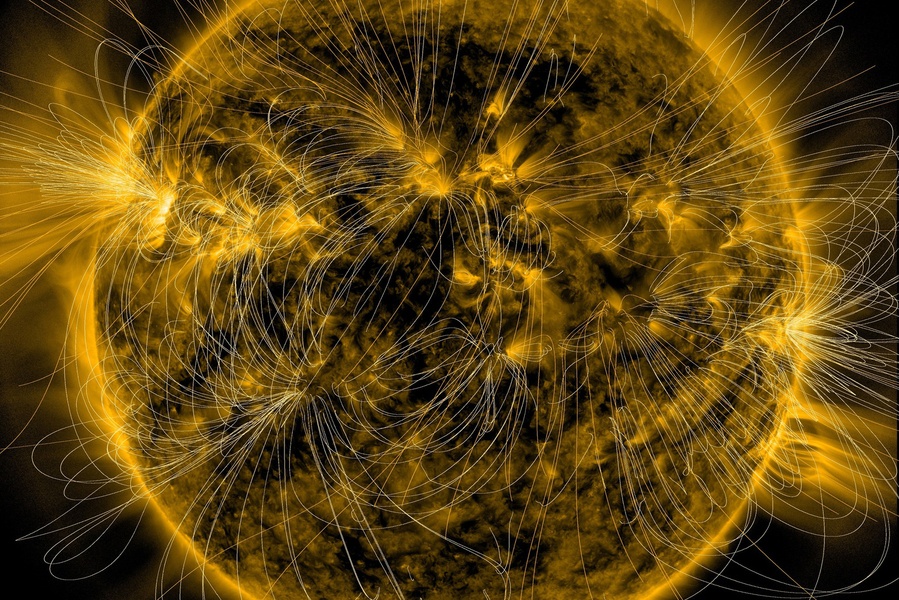Studying gas in the Universe is no easy task. We often look to ‘non-visible’ wavelengths of the electromagnetic spectrum such as X-rays. The Chandra X-Ray observatory has been observing a vent of hot gas blowing away from the centre of the Milky Way. Located about 26,000 light years away, the jet extends for hundreds of light years and is perpendicular to the disk of the Galaxy. It is now thought the gas has been forced away from the centre of the Milky Way because of a collision with cooler gas lying in its path and creating shockwaves.
Continue reading “Hot Gas is Being Vented Away from the Center of the Milky Way”Hot Gas is Being Vented Away from the Center of the Milky Way










